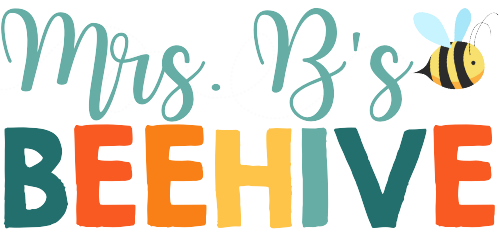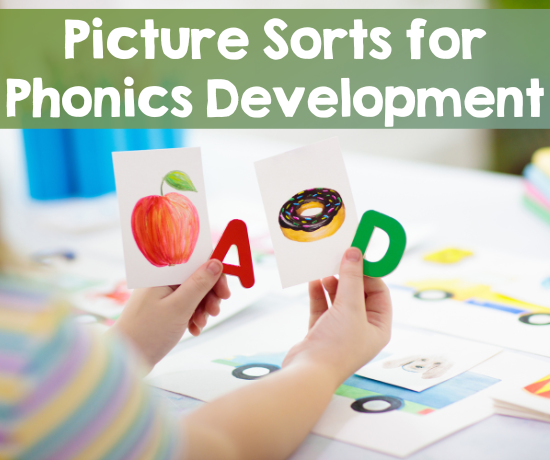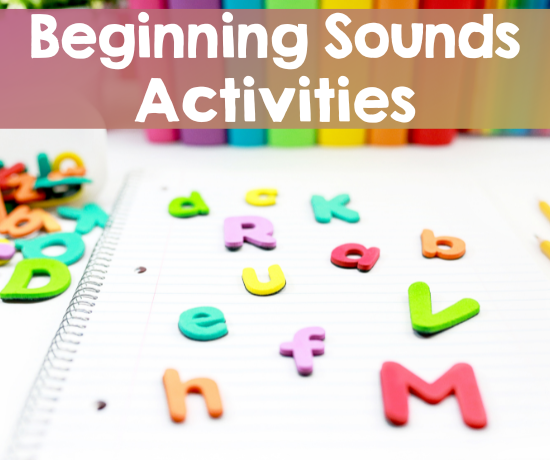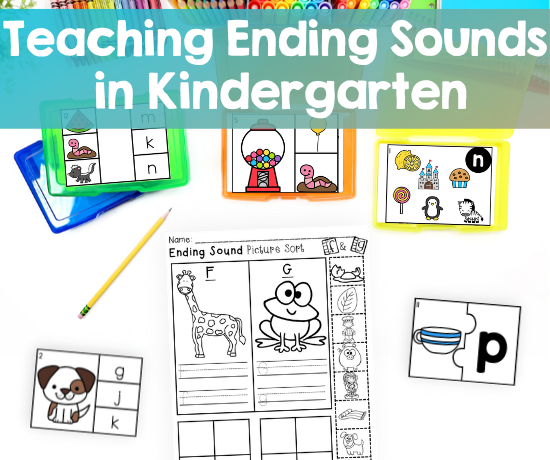Teachers spend the first part of the kindergarten year repetitiously going over letter names and sounds. The hope is, by Christmas time, all the students will fluently name each letter and sound. But what happens when you come back from Winter break and some students are still struggling? Today I’m sharing some kindergarten letter recognition strategies for those students who need a little extra support.
Every single year, no matter what I did, I always had 1-3 students that struggled to retain the letter names and sounds.
Some were young and needed to hit that next mental growth/memory milestone. Others had a retention issue that needed to be narrowed down through professional testing and the development of an individual intervention plan.
The majority of students that struggled though just needed a more intensive action plan to help them succeed.
Daily Letter Recognition Practice
If you have a couple of students who are still struggling to master their letter names you need to provide them with some one-on-one time with you (or an aide/volunteer) every day for at least 15 minutes.
This individual time should begin by tracing letters and saying the letter names. You can do the whole alphabet, or only work the letters they are still struggling to master. Research has shown that repetition along with the tactile experience helps students commit letters to memory.
If you are in need of some quick alphabet tracing cards you can use these ones that I’ve created by filling in the info below. I usually print up 2-3 copies and remove letters from the pack as they are mastered.
Students trace the letter, say the letter name, and make the letter sound for each card.
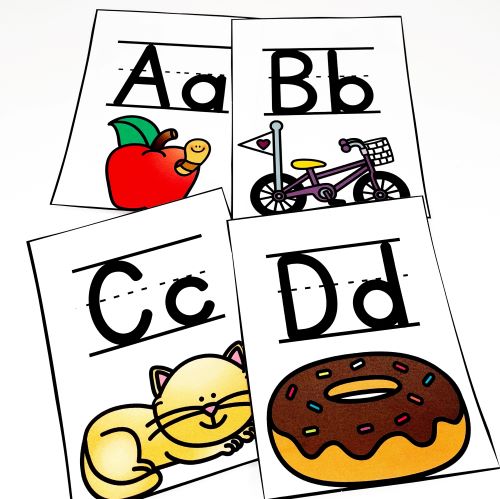
Tactile Support
Tactile activities can be a very motivating letter recognition strategy. I like to get inexpensive sandwich containers from Dollar Tree. I fill them with lots of different materials (also from Dollar Tree) that the students can trace letters in with their fingers or a paintbrush.
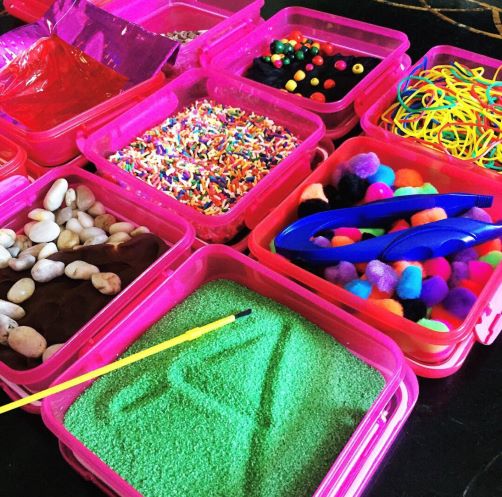
Some students really need the tactile experience to cement the letters into their memory. Using these sandwiches boxes also makes it easy to send them home for practice with their parents.
Letter Matching and Sorting
Holding a letter tile or magnet and analyzing its lines is an important step in the letter recognition process. When working with students one-on-one, give them an alphabet chart to match letters to.
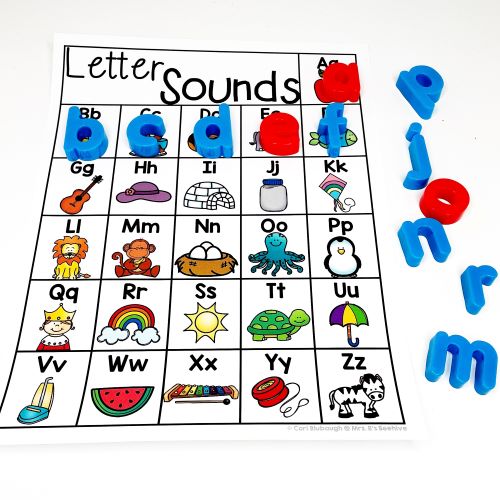
Other ways to use letter cards, magnets, and tiles:
Note – When using these strategies I only give students a maximum of 10 letters. Hopefully, at this point, they know most of their letters and you are only working on the remaining 30% or so.
- Draw a letter on a small whiteboard and have the student find the letter that matches.
- Memory – Use alphabet cards they are still working on to create a memory game. Make sure they say the letter name every time they get a match.
- Is/Isn’t – Have students sort letters into 2 piles. For example, find all of the b’s in this pile and group them together. Make another pile of letters that are not b.
- Uppercase/ Lowercase match
- Letter to beginning sound picture match
- Letter fluency – put letters in a row and have the students name them as quickly as possible
Note – Timed activities can be fun and motivating for a lot of students, but it can also cause anxiety in others. Knowing each of your students and their intrinsic motivations will help you decide what is best for each individual.
Technology Resources
In this day and age technology is obviously highly motivating as a letter recognition strategy. Apps like Learn to Read ABC provide students with audio clues and varied practice in a game-like scenario.
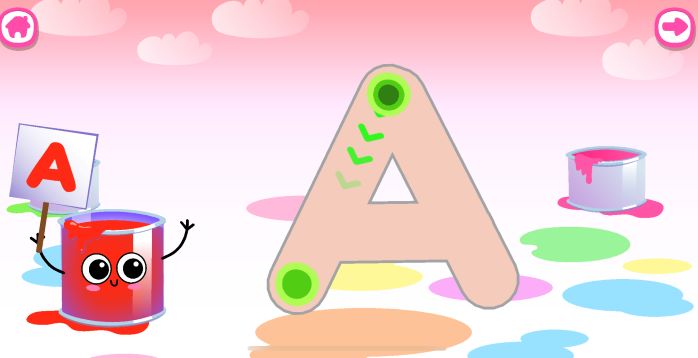
You can find an extensive list of the best apps for letter names and sound recognition on the linked post along with a free list to send to parents!
Sound Matching
Some students can remember a letter name with more ease if they can connect it to a sound. For others, this may add to the confusion, so again you really have to understand each individual learner and be willing to try out different strategies.
Resources like the Alphabet Sounds Teaching Tubs from Lakeshore are great for connecting beginning sounds to letter recognition. These sets are pricey though! Using beginning sound pictures and matching them to magnetic letters works as well.
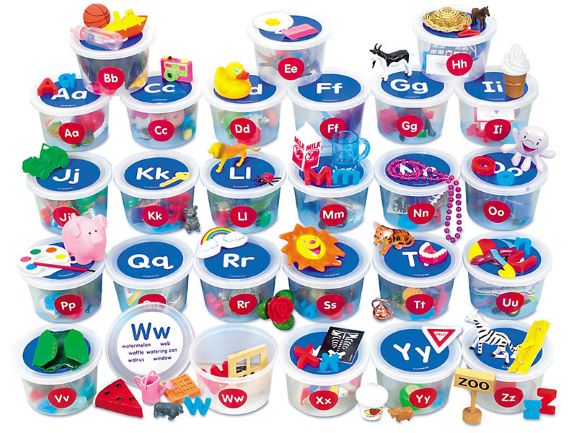
Resources for Letter Recognition Strategies

If you are in need of activities and resources that assist you in letter recognition intervention you might want to check out the resources below:
- Letter Recognition Worksheets
- Sound Sorts for Guided Reading
- Boom Cards – Letter Recognition MEGA Bundle
Use these letter recognition strategies to get every single one of your students to fluently name the letters in no time! Leave a comment below and let me know if any of these ideas have worked for you!
